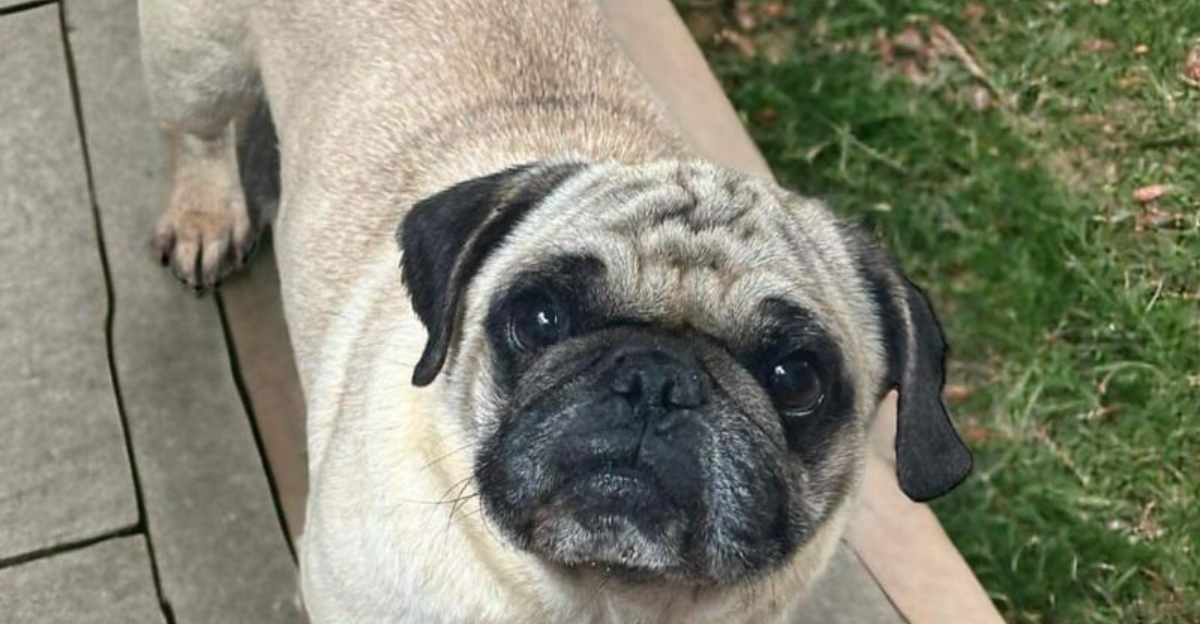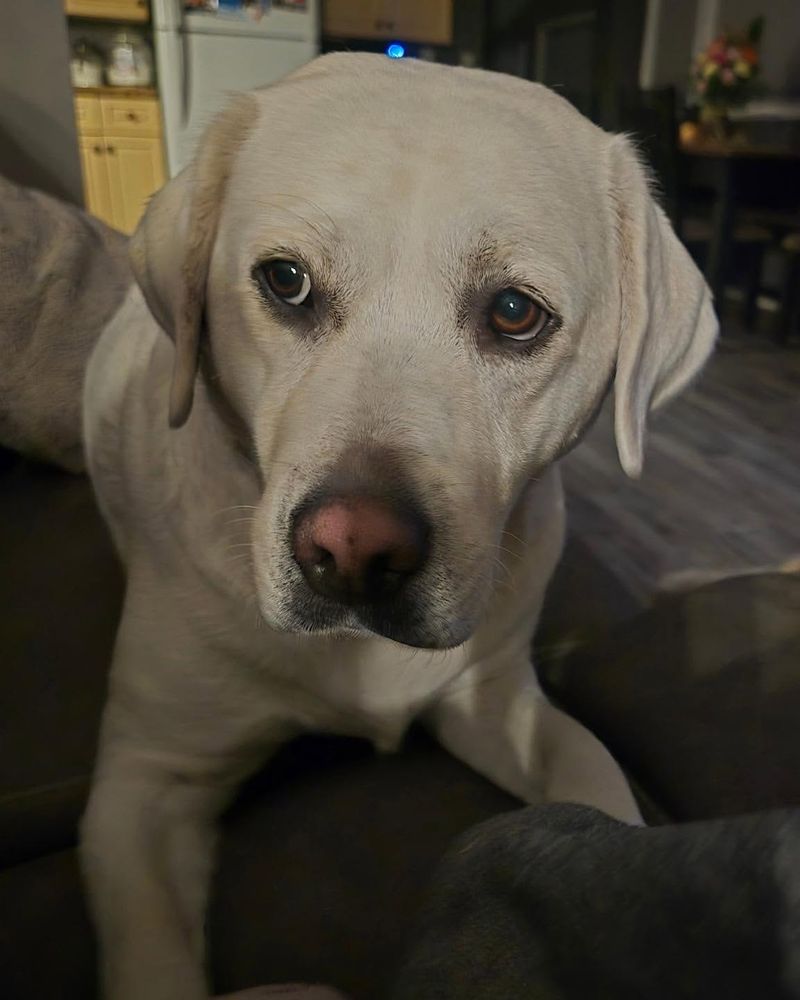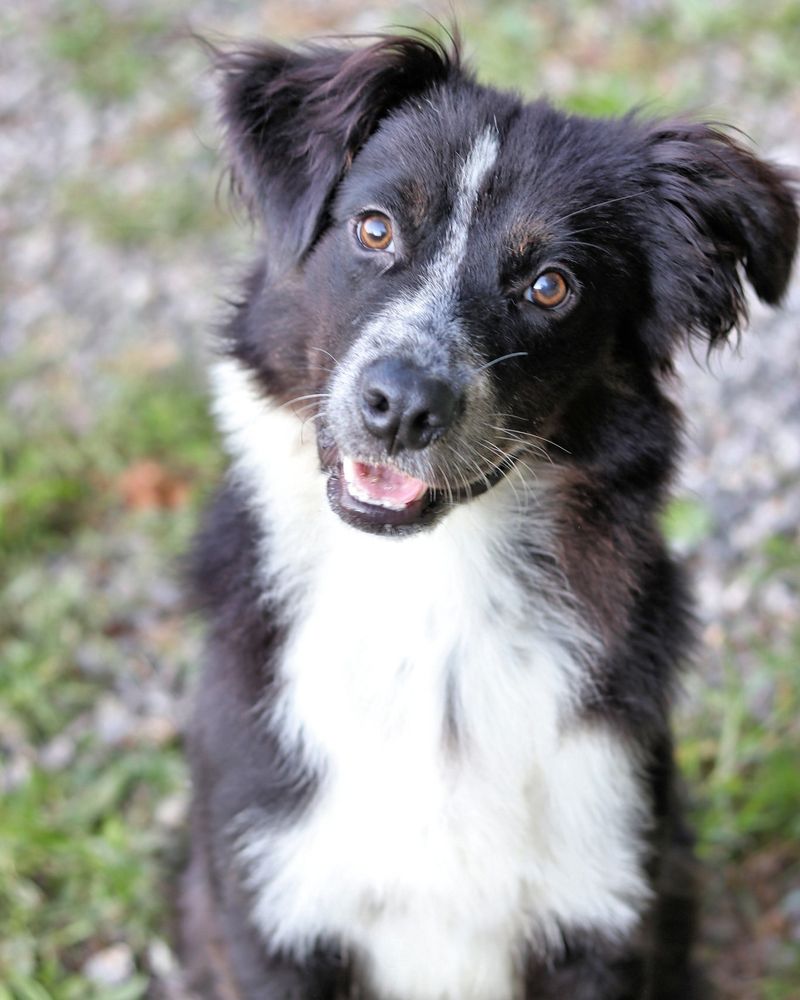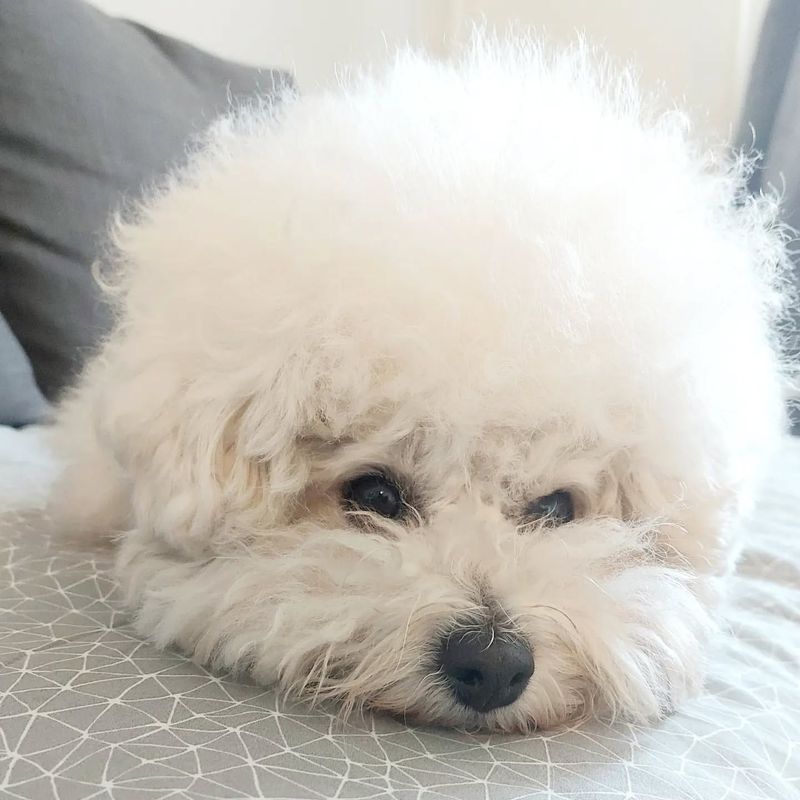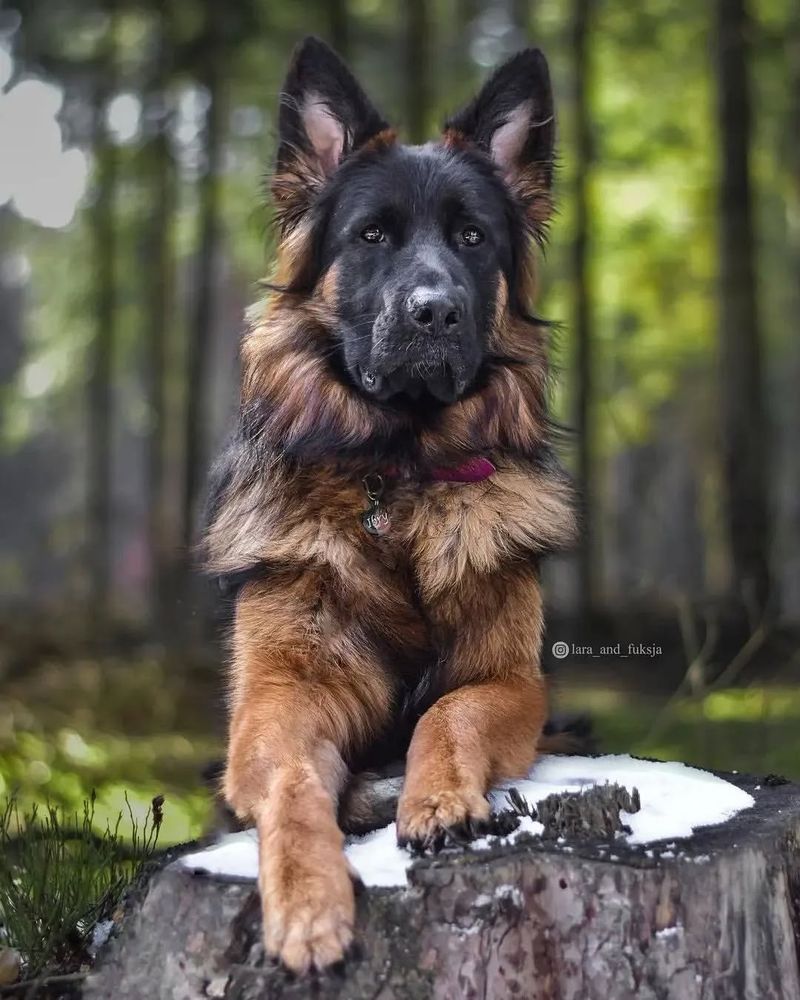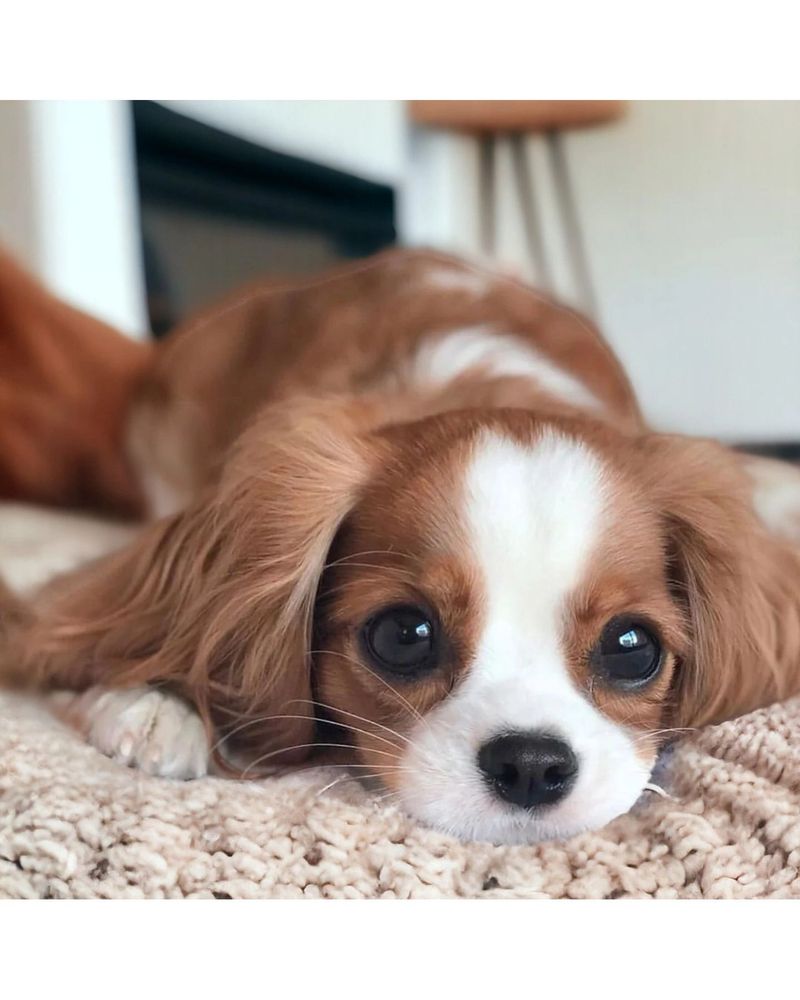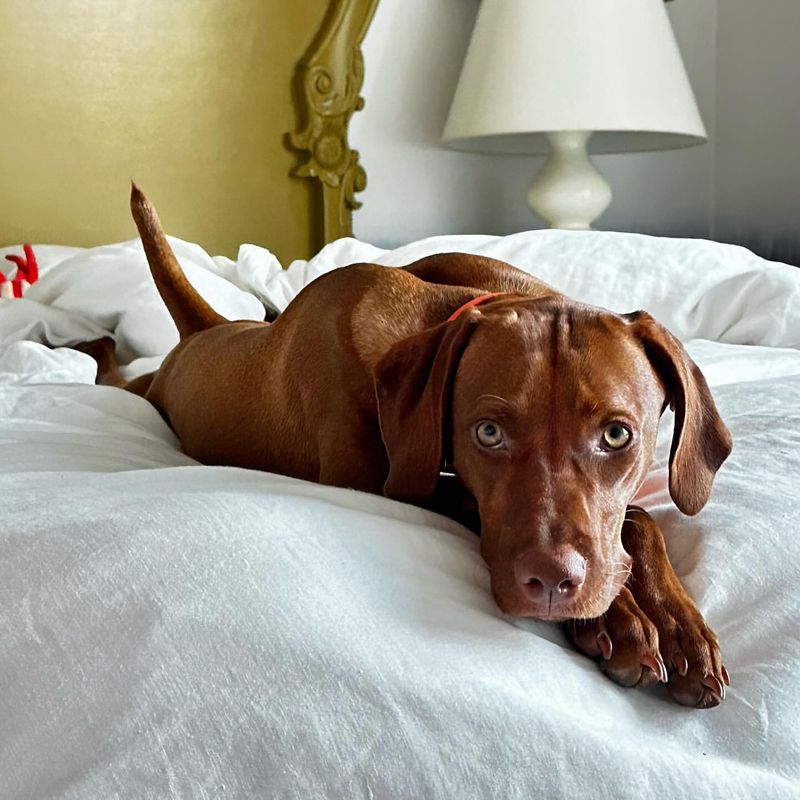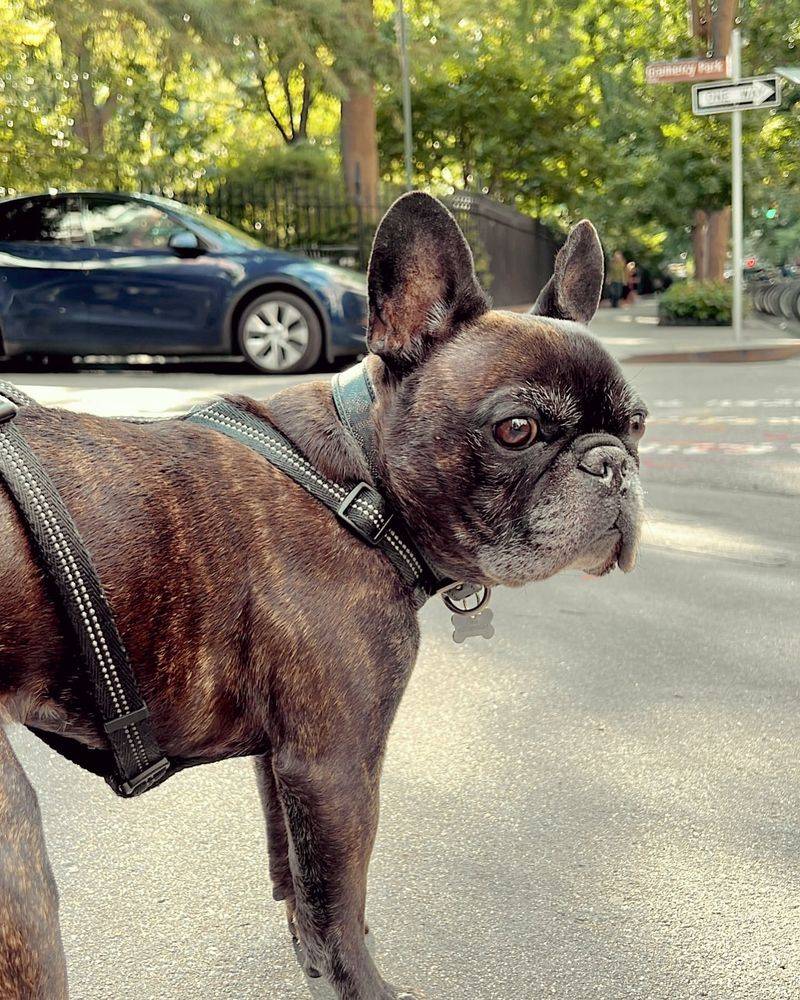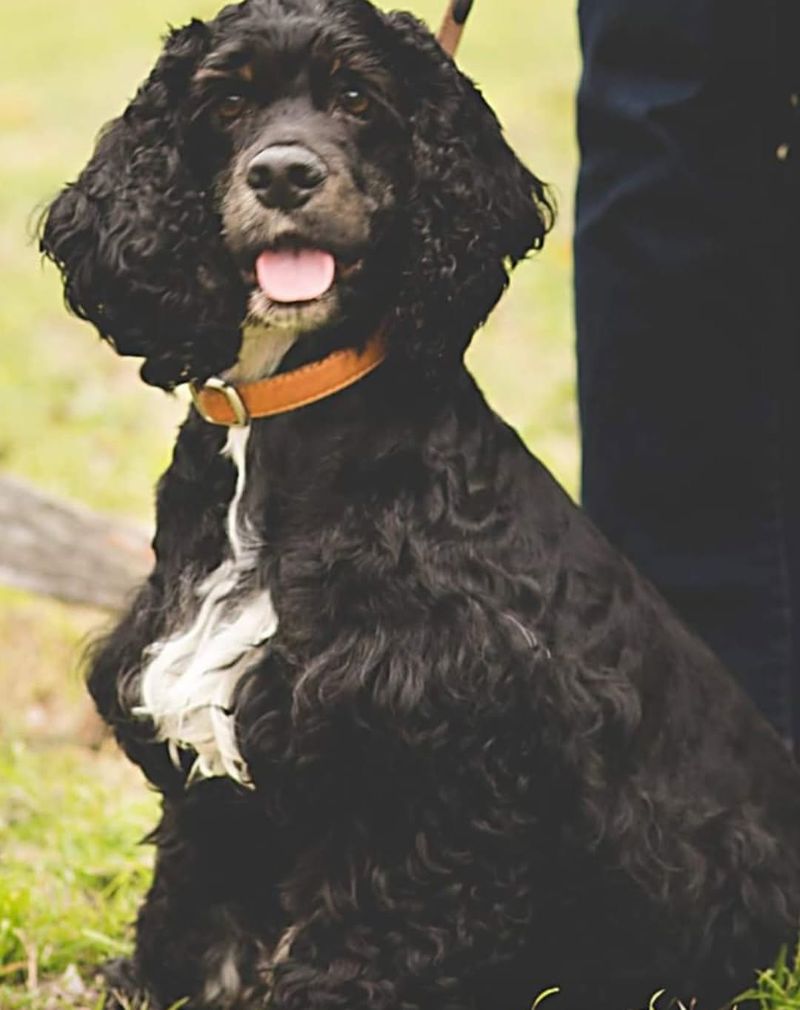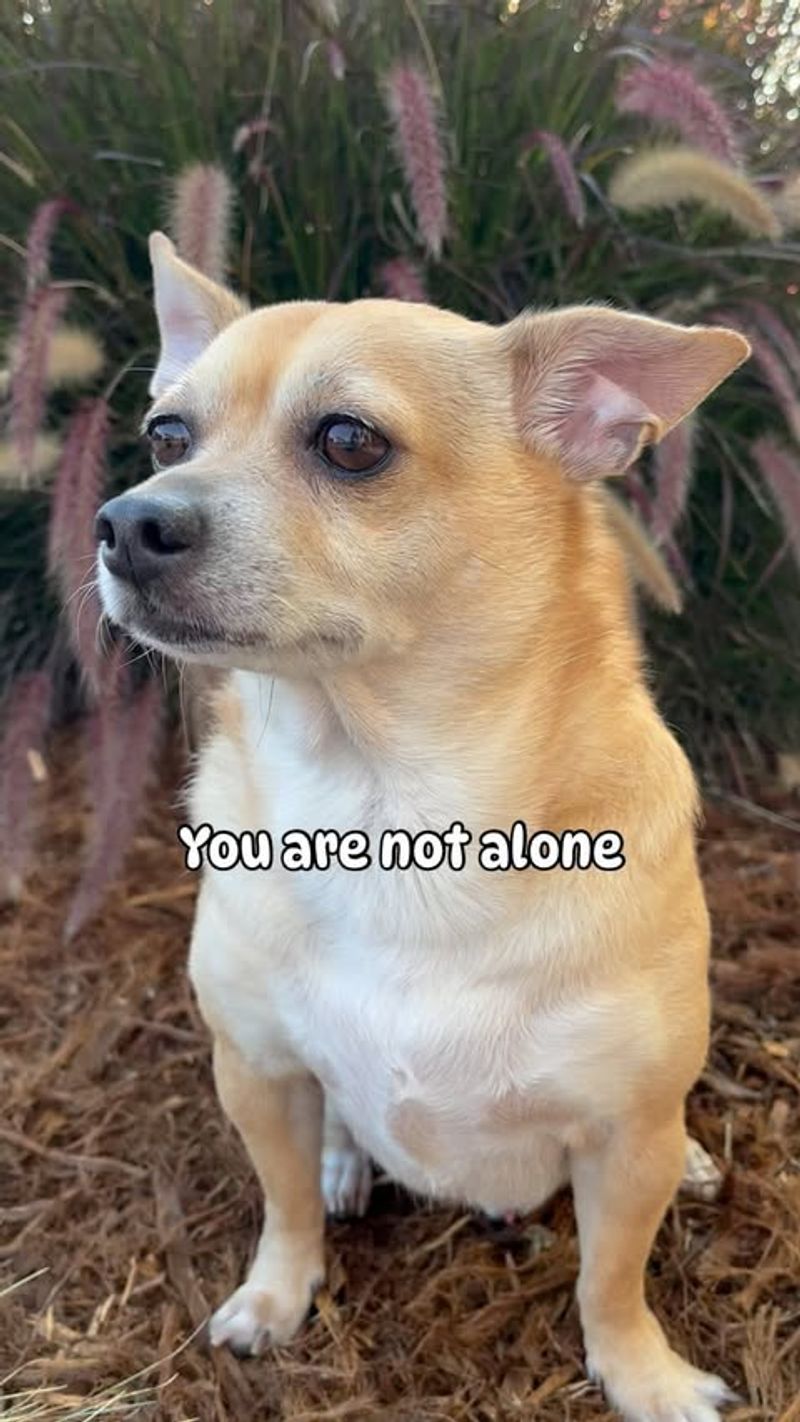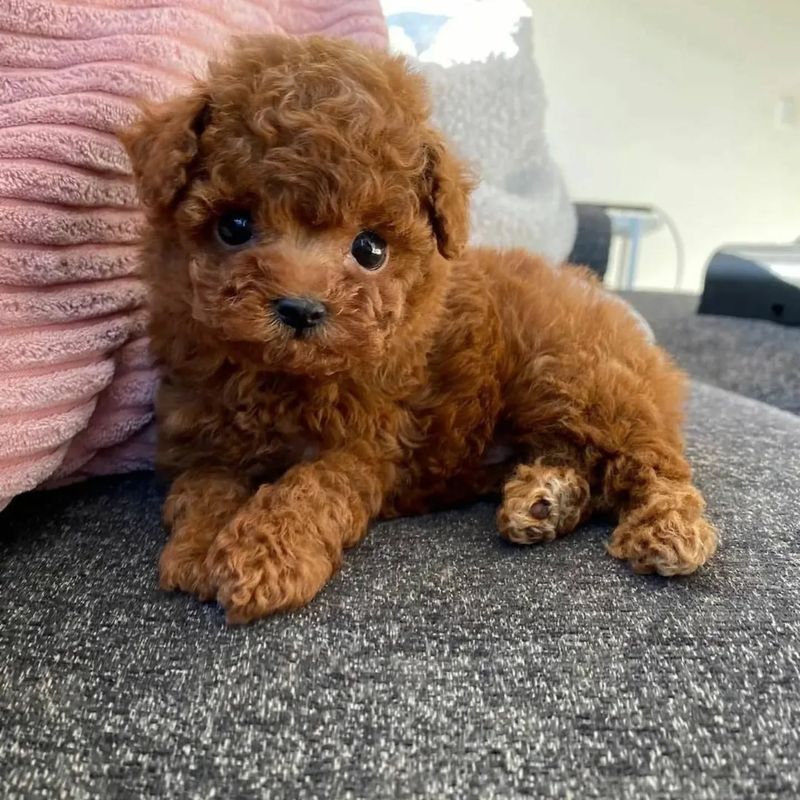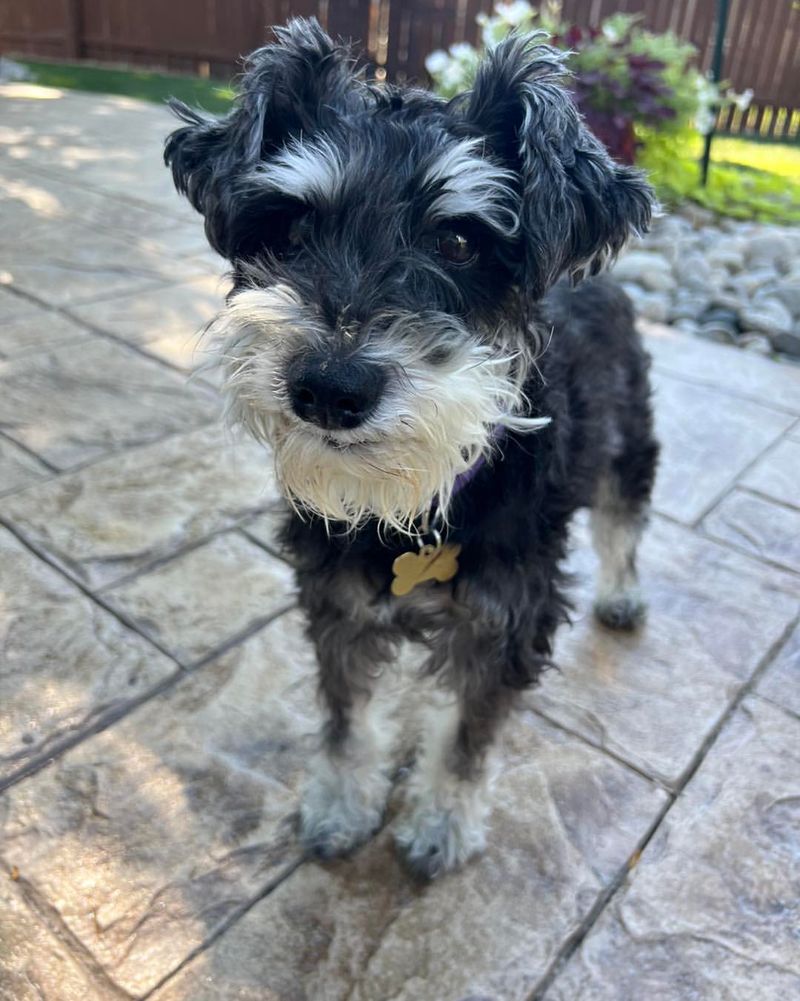Separation anxiety in dogs is a distressing condition where pets experience extreme dismay when their owners leave. This often results in destructive behaviors that can be challenging for owners to manage. Some breeds are particularly prone to this condition due to their close bond with humans. Understanding which breeds are more likely to suffer from separation anxiety can help potential dog owners make informed choices and provide the necessary care to ensure their pets remain happy and healthy. Here are 13 dog breeds that tend to feel lonely when left alone.
Labrador Retriever
Labrador Retrievers are renowned for their friendly nature and strong bond with families. This breed’s affectionate disposition makes them one of the most beloved family pets. However, their strong attachment can lead to separation anxiety when left alone.
They thrive on companionship and enjoy being part of daily activities. Labradors might become anxious if they sense their owner is about to leave.
To manage this, ensure they get ample exercise and mental stimulation. Consider puzzle toys and leaving a piece of your clothing to comfort them during your absence.
Border Collie
Border Collies are highly intelligent and energetic. Their quick minds and need for activity mean they require constant engagement. This breed often forms a deep bond with its owner, making it susceptible to separation anxiety.
These dogs love having a job to do and may become stressed if left without one. It’s crucial to provide toys or challenges to occupy their minds.
Training and socialization can help minimize anxiety. Regular exercise is key; consider trying agility training to keep them entertained and happy when you’re not around.
Bichon Frise
Bichon Frises are cheerful and affectionate, known for their playful personalities. They are small in size but big in heart, often forming strong attachments to their families.
Due to their desire for constant attention, they may experience separation anxiety if left alone too long.
To help ease their anxiety, consider hiring a pet sitter or using doggy daycare services. Additionally, brief absences can be practiced to help them understand you’ll always return. Keeping their environment enriched with toys can also help them stay occupied.
German Shepherd
German Shepherds are known for their loyalty and protective nature. These intelligent dogs form strong bonds with their owners and can become anxious when separated.
Their working dog background means they need mental and physical challenges. Lack of these can lead to behavioral issues when left alone.
To alleviate separation anxiety, interactive toys, and obedience training can be beneficial. Socialization from a young age helps them adapt to changes better. Regular walks and consistent routines can also provide comfort and reduce stress in their daily lives.
Cavalier King Charles Spaniel
Cavalier King Charles Spaniels are affectionate and gentle, often described as the perfect lap dogs. They enjoy nothing more than being close to their human companions.
This closeness, however, makes them prone to separation anxiety. They thrive on companionship and can become distressed when left alone.
To help manage their anxiety, ensure they have plenty of toys for distraction. Gradual training routines that accustom them to short periods alone can ease their worry. Engaging them with music or television can also provide comfort during your absence.
Italian Greyhound
Italian Greyhounds are elegant and sensitive dogs known for their gentle nature. They form close bonds with their families and can become anxious if left alone for extended periods.
Their sensitivity means they pick up on their owner’s emotions, which can enhance their anxiety if changes in routine occur.
Providing a cozy space with their favorite blankets and toys can help comfort them. Crate training from a young age can also be beneficial, offering them a safe space to retreat to. Regular walks and playtime are essential to keep their minds occupied.
Vizsla
Vizslas are known for their energetic and affectionate nature. They are often referred to as “velcro dogs” due to their desire to be close to their owners at all times.
This strong attachment can lead to separation anxiety if they’re frequently left alone. Providing ample exercise is crucial for this active breed.
Engage them in activities like running or hiking to tire them out before leaving. Consider interactive toys that dispense treats to keep their minds busy during your absence. Consistent routines help lessen their anxiety and ensure they feel secure.
French Bulldog
French Bulldogs are known for their playful and affectionate nature. These compact dogs thrive on human interaction and can become anxious when left alone.
Their dependency on companionship makes them prone to separation anxiety. It’s important to establish a routine that includes time for bonding and exercise.
To help ease their anxiety, consider crate training, which provides a sense of security. Leaving them with comfort items, such as a favorite toy, can also be helpful. Gradual training that increases the time spent alone can aid them in understanding that absences are temporary.
Cocker Spaniel
Cocker Spaniels are cheerful and sociable dogs that thrive on companionship. They have a sweet disposition and form strong attachments to their families.
This attachment can lead to separation anxiety if they are left alone frequently. They are happiest when they are with their human pack.
To help ease their anxiety, ensure they have regular playtime and companionship. Engaging them with toys and puzzles can keep their minds occupied. Additionally, positive reinforcement during training can help them become more comfortable with being alone for short periods.
Chihuahua
Chihuahuas are small but spirited dogs known for their strong bond with their owners. Despite their size, they have big personalities and thrive on attention.
Their tendency to form close attachments can result in separation anxiety when left alone. They prefer the company of their owners or other pets.
To manage their anxiety, consider having a companion pet or using calming pheromone diffusers. Training them to be comfortable with short separations can also be beneficial. Providing a warm and cozy space with their favorite toys can help them feel secure when alone.
Toy Poodle
Toy Poodles are intelligent and trainable, known for their lively and social nature. They form deep bonds with their families, making them susceptible to separation anxiety.
This breed thrives on interaction and mental stimulation, and without it, can become anxious. Engaging them in training routines can help alleviate anxiety.
Leaving them with interactive toys and puzzles provides mental challenges while you’re away. Socialization from a young age can help them adapt to different situations. Regular exercise and playtime are key in keeping their anxiety levels down and ensuring they remain happy.
Miniature Schnauzer
Miniature Schnauzers are known for their friendly and energetic dispositions. They are loyal companions and often form strong attachments to their families.
Their need for companionship can lead to separation anxiety if left alone for long periods. These dogs enjoy being involved in family activities.
To manage their anxiety, provide them with plenty of toys and activities. Regular walks and exercise are essential to keep their energy levels in check. Training them gradually to accept short separations can help them become more comfortable with being alone.
Pug
Pugs are charming and sociable dogs that love human interaction. Their playful nature and love for companionship can make them prone to separation anxiety.
They enjoy being in the company of their families and might become distressed if left alone too often. Routine and consistency are vital in managing their anxiety.
Consider crate training to provide them with a secure space. Interactive toys and puzzles can also help keep their minds occupied. Gradually increasing the time they spend alone can assist in reducing their stress and help them feel more comfortable.
